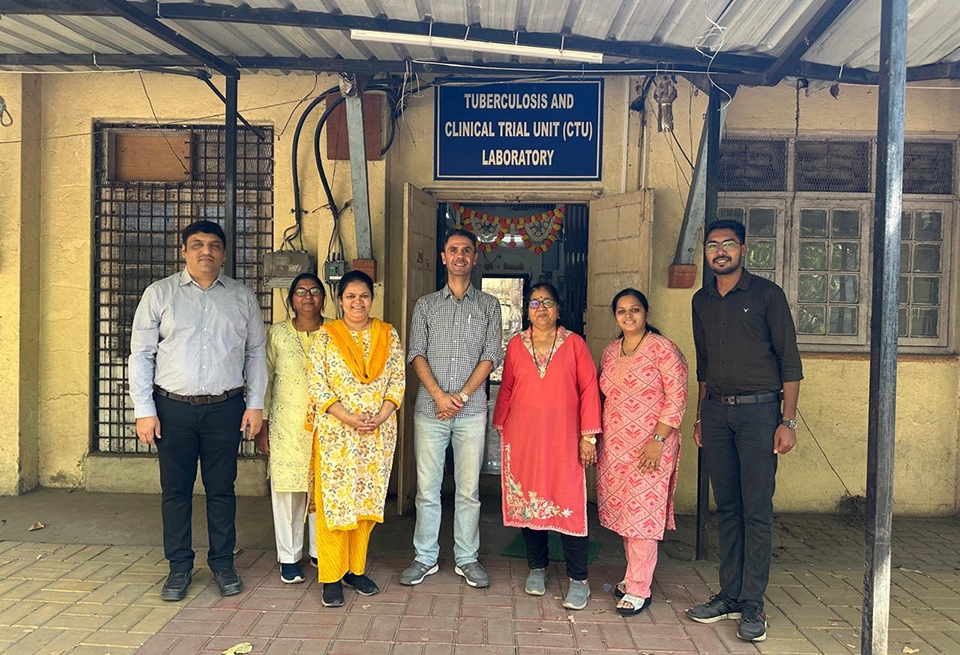In 2023, tuberculosis (TB) killed about 1.25 million people worldwide, more than any other infectious disease on Earth — even though it is curable. Months- or even years-long regimens of potent antibiotics can eradicate the Mycobacterium tuberculosis bacteria. And in about 88% of cases globally, treatment is successful in curing the disease. But for the remainder of patients, at least those for whom data is available, the disease re-emerges.
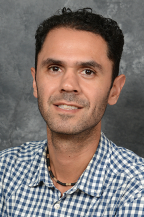
Dr. Kayvan Zainabadi
Part of the problem is that, once a patient starts taking the medication, clinicians can’t tell when the bacteria has been fully eliminated. “We don’t have a test to tell someone if they are cured,” said Dr. Kayvan Zainabadi, assistant professor of molecular microbiology in medicine at Weill Cornell Medicine. “So, right now clinicians rely on a one-size-fits-all, six-month treatment approach even though we know that 5%-10% of patients won’t be cured under this regimen. At the same time, a majority of patients will achieve cure in less than six months and thus end up taking unnecessary antibiotics.”
A test that could distinguish between these two groups would allow clinicians to tailor treatment regimens for each patient. This would shorten treatment for most people with TB and improve outcomes for the minority of patients who would otherwise fail therapy. He and his colleagues are working on just such a test.
“What we're trying to accomplish is akin to what the viral load assay did for HIV, where we can accurately and rapidly assess how patients with TB are responding to therapy,” Dr. Zainabadi said.
The Advantages of an RNA-based Test
Dr. Zainabadi and his colleagues hope to circumvent the challenges of current testing methods by using the TB bacterium’s 16S ribosomal RNA (rRNA) as a sensitive marker of disease. Ribosomal RNA is part of the cellular machinery that builds proteins and is the most abundant RNA in the cell. Like other RNAs, it degrades more quickly than DNA, greatly reducing the chance of false positives that arise with current DNA-based tests.
“DNA from the TB bacterium can hang around in patients for months and even years after successful cure, so it’s not a good proxy for disease,” Dr. Zainabadi said. “RNA, with its shorter half-life, is.”
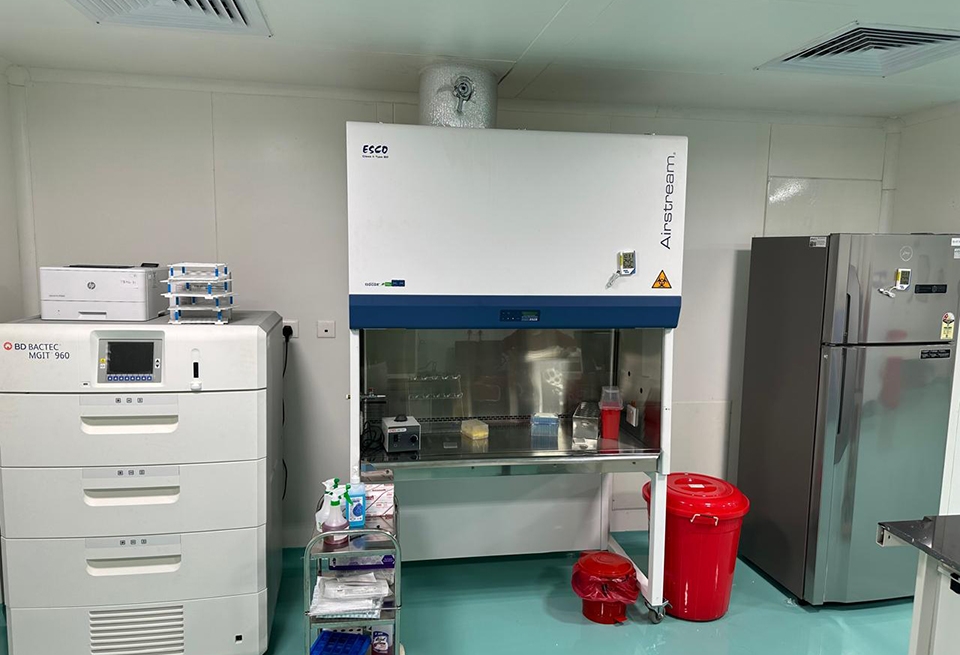
The BSL3 laboratory at IISER-PUNE, where most of the work will take place. The machine at left is an automated mycobacterial detection system, a commonly used culture-based clinical diagnostic test for TB infection. Photo courtesy of Dr. Zainabadi.
Additionally, the researchers hope to harness the highly abundant nature of rRNA to detect its presence in samples other than sputum, a type of mucus coughed up from the lungs and used for routine diagnostic testing. Many of the most vulnerable patients — children and people with HIV — can’t or don’t produce enough sputum for testing.
In children, clinicians often insert a tube into the stomach to collect gastric samples for testing, an approach that is invasive and which diagnoses only about 50% of infections. Because children are at increased risk of severe disease, clinicians often initiate treatment with powerful antibiotics based solely on clinical suspicion alone, without diagnostic confirmation.
The team’s research promises to bring TB in line with the numerous other infections for which RNA-based tests are used, such as hepatitis C and HIV. Dr. Zainabadi came to TB after developing similar ultrasensitive RNA-based tests for malaria. TB, however, presented new technical challenges that first had to be overcome for the test to be effective.
Developing and Testing the Test
While based in Haiti, Dr. Zainabadi collaborated with the GHESKIO Centers, the largest provider of TB and HIV care in Latin America, to develop the new TB diagnostic. The GHESKIO Centers were founded by Dr. William (Bill) Pape, the Howard and Carol Holtzmann Professor in Clinical Medicine at Weill Cornell Medicine, and have a long history of collaboration with the institution on TB and HIV research. Dr. Zainabadi and his colleagues, including Dr. Daniel W. Fitzgerald, director of Weill Cornell Medicine’s Center for Global Health, used samples collected from 41 patients with TB to develop new methods for efficiently extracting and detecting TB bacterium’s RNA from sputum.
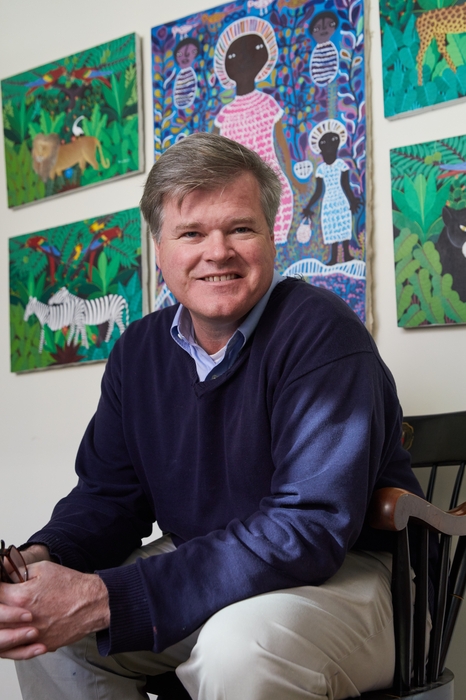
Dr. Daniel Fitzgerald
Dr. Zainabadi is now leading a team, which includes Dr. Myung Hee Lee, associate professor of clinical epidemiology in medicine and associate professor of statistics, at Weill Cornell Medicine, as well as colleagues at RePORT (Regional Prospective Observational Research in Tuberculosis) India based at Byramjee Jeejeebhoy Government Medical College in Pune, and RePORT Uganda at Makerere University in Kampala, to follow-up on this work. With a two-year, $350,000 grant from RePORT International, an international consortium focused on TB research, they are conducting two studies to test the clinical utility of their new RNA-based approach.

Dr. Myung Hee Lee
With RePORT India, the team is using archived samples to test if their assay can accurately identify the minority of TB patients who did not achieve cure even after completing six months of therapy.
The second project, with RePORT Uganda, will assess whether the assay can better diagnose children suspected of having TB infection. The investigators will also test whether less invasive alternative sample types, including saliva, nasal swabs, urine and stool, can be used to diagnose TB in children, which would make these diagnoses much simpler. For both projects, the team is establishing sister labs in India and Uganda where the assay can be performed in-country by local scientists.
An RNA-based Test Could Transform TB Care
An effective RNA-based test has the potential to fight the global tuberculosis epidemic on multiple fronts, according to Dr. Zainabadi.
Such a test could provide the information clinicians need to tailor antibiotic regimens to their patients, which would, in turn, make treatment more effective and less burdensome to administer. Currently, long courses of antibiotics are difficult to maintain in resource-limited regions, where TB is most common, and patients who do not adhere to therapy are at increased risk of developing drug resistance, one of the most pressing challenges to fighting TB. On the other hand, staying on the antibiotics longer than necessary extends the unpleasant, even dangerous, side effects they cause, especially in children.
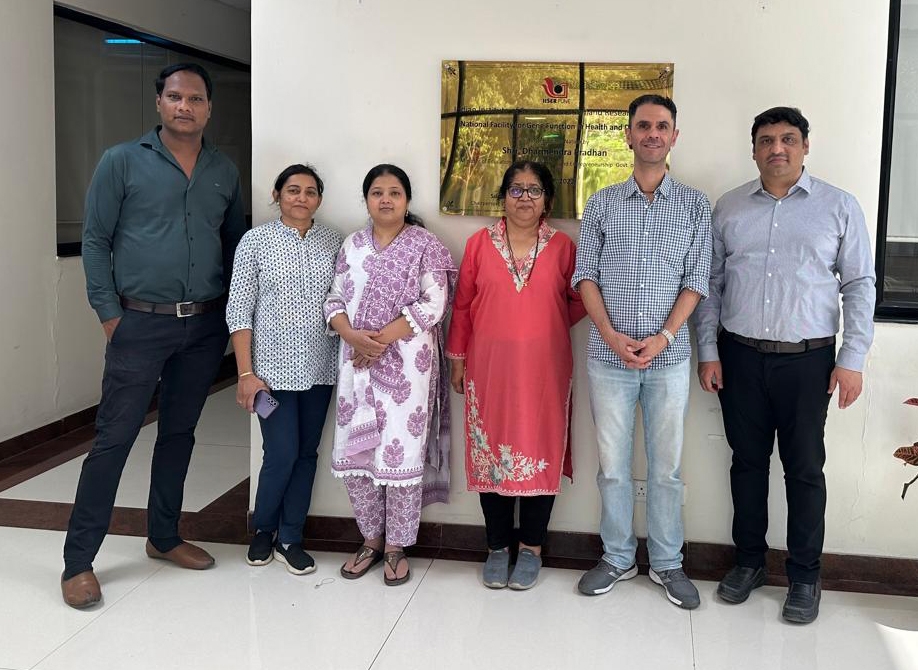
From left: Nikhil Reddy, Renu Madewar, Jyoti Chandane, Neeta Pradhan (co-PI), Dr. Kayvan Zainabadi, Dr. Mandar Paradkar (co-PI). Photo courtesy of Dr. Zainabadi.
The ability to accurately monitor patients and predict cure would also accelerate and reduce the cost of clinical trials for new TB drugs — which currently rely on following patients for up to two years to assess clinical cure, he said.
Should the research in India and Uganda prove successful, Dr. Zainabadi plans to conduct larger studies in different regions to validate their findings in bigger patient populations.
“Our long-term goal is to develop a test that improves clinical outcomes for patients with TB,” he said.

